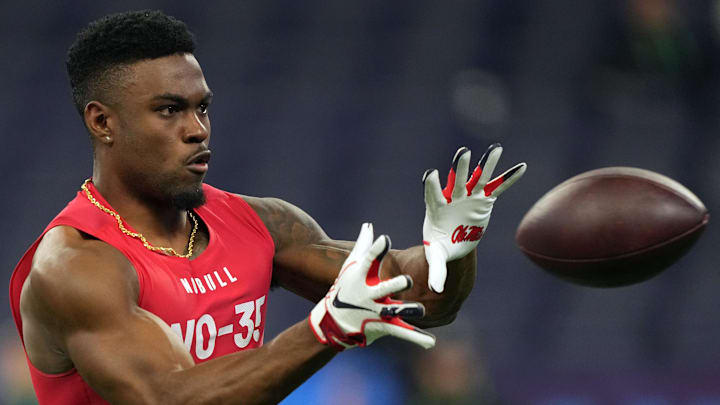The tape always matters
Since I started doing NFL Draft prospect evaluations as a junior in high school, one of the biggest things I’ve come to learn during the draft cycle is that the film evaluation is what matters the most. People will get caught up in a prospect’s incredibly good (or bad) workout during the combine or Pro Days leading up to the draft. It leads to overreactions and narratives about these specific players, which is an unhealthy discourse.
The NFL Scouting Combine should be used to cross-check what you see on film, not firm decisions. For example, a wide receiver prospect may run a faster 40-yard dash than what was expected. However, your original study suggested that this prospect didn’t display a higher gear in acceleration than shown in Indianapolis.
This is where you ask questions. Was this receiver hurt? What was he assigned or asked to do within the confines of the offense he came from? This is why all 32 teams interview every prospect. Re-watching a player is never a bad thing to do.
Also, sometimes a prospect will display better play speed than functional athleticism. This means they play fast mentally and are a step ahead of the competition, which shows why they are about to be drafted in the first place.
Have I forced myself to cross-check a prospect’s film to see what I missed after a good or bad combine showing? Of course, I sometimes adjust my grades accordingly. That doesn’t change how I may view a prospect overall.
You will see “stock up, stock down,” takes. That is because people are projecting what the teams might do when it comes to prospects going high or low in the draft. Don’t let groupthink take over. Trust your eyes and gut with what you saw on film. All paths lead pack to the game film itself.
